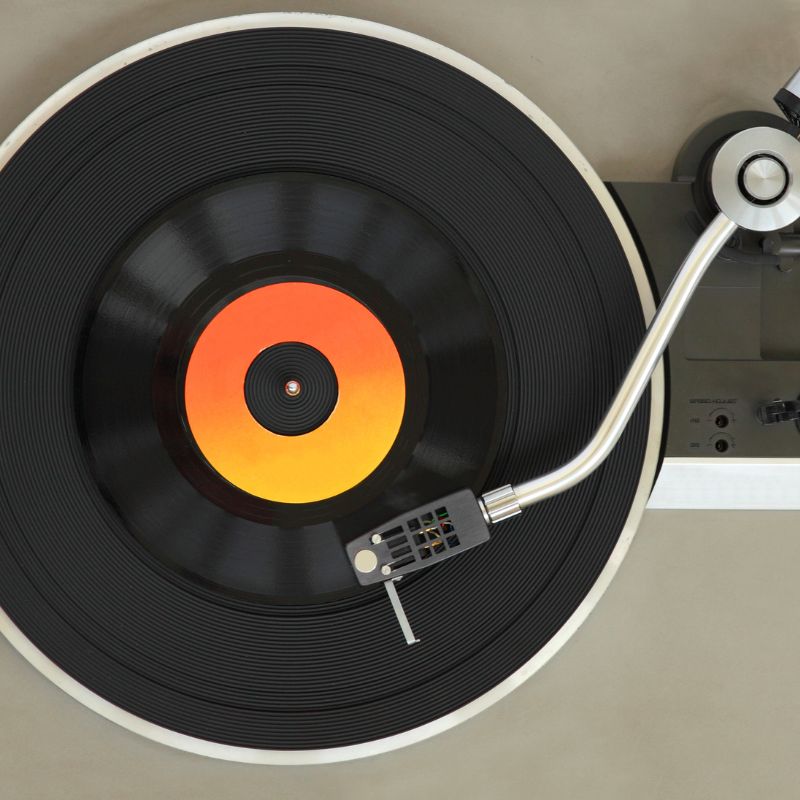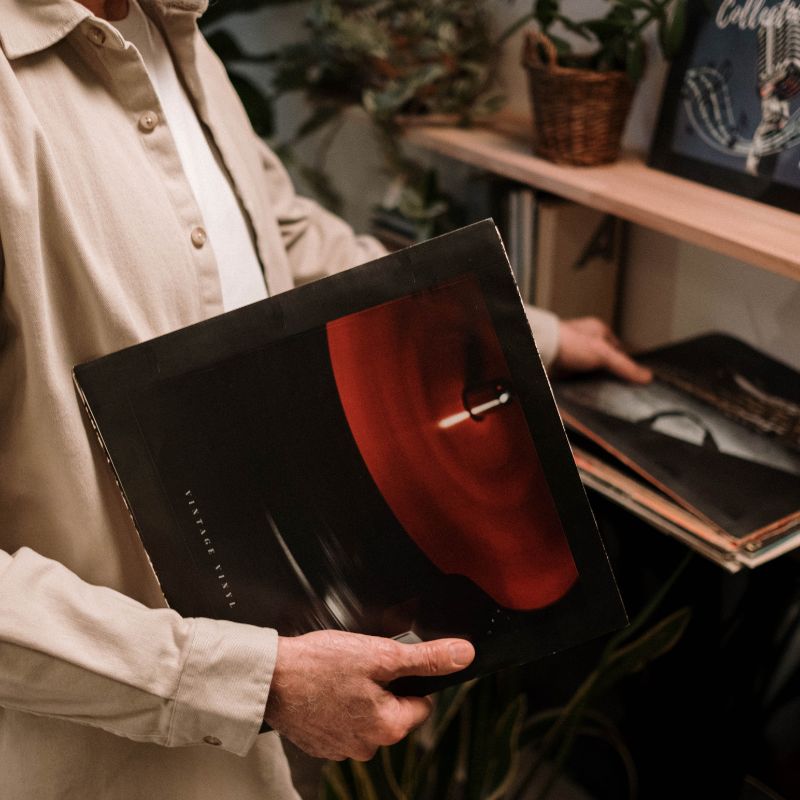Vinyl records have made a remarkable comeback, captivating music enthusiasts with their warm, analog sound.
As you delve into the world of vinyl, understanding the various sizes and speeds is crucial for building a well-rounded collection.
In this guide, we'll explore the ins and outs of vinyl record sizes and speeds to help you make informed choices and enhance your overall listening experience.
The Magic of Vinyl Records
Before we delve into the technicalities, let's take a moment to appreciate the magic of vinyl records.
These shiny discs have been spinning tales of love, loss, and life for over a century, offering a tangible connection to the music we adore.
Their resurgence in recent years is a testament to their timeless appeal.
Unlike digital music, vinyl records offer a tactile and immersive listening experience.
The act of placing the record on your record player, gently dropping the needle on the record, the anticipation as the stylus finds the groove, and the rich, warm sound that fills the room – it's a ritual that digital music can't replicate.
Understanding Record Sizes
Now, let's talk about record sizes.
You might have noticed that vinyl records come in different sizes.
This isn't just for show – the size of a record impacts its playing time and sound quality.
There are three main sizes of vinyl records:
- 7-inch
- 10-inch
- 12-inch.
Each of these has its unique characteristics and uses, which we'll explore in the following sections.

7-Inch Records
The 7-inch record, also known as the single, is the smallest of the bunch.
These dainty discs typically contain one song per side and play at a speed of 45 RPM (Revolutions Per Minute).
They're perfect for a quick spin on the turntable or for collecting your favourite chart-toppers.
Fun fact: The large hole in the middle of a 7-inch record was designed for use in jukeboxes. The larger hole allowed the records to be stacked and dropped onto the turntable more reliably.
10-Inch Records
Next up, we have the 10-inch record.
These mid-sized marvels can hold more music than their smaller siblings, typically around 10-15 minutes per side.
They're often used for EPs (Extended Plays) or limited-edition releases.
10-inch records can play at either 33 1/3 RPM or 78 RPM.
The latter is less common these days, but you might come across it in older records.
So, if you're into vintage vinyl, a turntable that can handle 78 RPM is a good investment.

12-Inch Records
Finally, we have the 12-inch record, the big kahuna of vinyl.
These large discs are the standard for full-length albums, offering around 22 minutes of music per side at 33 1/3 RPM.
Their larger size allows for wider grooves, which can result in better sound quality.
12-inch records are a favourite among audiophiles and collectors.
Their larger cover art is also a bonus for those who appreciate the visual aspect of vinyl.

Deciphering Record Speeds
Now that we've covered record sizes, let's move on to record speeds.
The speed at which a record spins affects its sound quality and playing time.
There are three main speeds for vinyl records:
- 33 1/3 RPM
- 45 RPM
- 78 RPM.
As we mentioned earlier, the speed of a record is measured in Revolutions Per Minute (RPM). This refers to how many times the record completes a full rotation on the turntable in one minute.
The faster the speed, the shorter the playing time, but the potential for better sound quality.
33 1/3 RPM
33 1/3 RPM is the standard speed for 10-inch and 12-inch records.
This slower speed allows for more music to be fit onto the record, making it ideal for full-length albums. However, the sound quality may not be as high as records that spin at faster speeds.
Fun fact: The odd number 33 1/3 came about because it was the result of an engineering compromise. It allowed for both good sound quality and a reasonable amount of music per side.
45 RPM
45 RPM is the standard speed for 7-inch records, although some 12-inch records also spin at this speed.
Records that spin at 45 RPM generally have better sound quality than those that spin at 33 1/3 RPM, but they can't hold as much music.
The 45 RPM speed was introduced by RCA in 1949 as a competitor to the LP (Long Play) format, which spun at 33 1/3 RPM. The number 45 was chosen because it was easy to manufacture and provided good sound quality.
78 RPM
78 RPM is the fastest speed and is typically found on older, 10-inch records.
These records offer the best sound quality but have the shortest playing time. They're also more prone to wear and tear due to the faster speed.
The 78 RPM speed was the standard for early phonograph records.
The number 78 was chosen because it was the maximum speed that could be reliably achieved with the materials and technology of the time.
Conclusion
And there you have it, a comprehensive guide to vinyl record sizes and speeds.
Understanding these aspects can enhance your vinyl listening experience and help you make informed decisions when adding to your collection.
Most of our turntables will feature a 33 & 45 RPM speed settings.
If you're planning on spinning 78's then ensure that your chosen turntable has the right speed setting.
So, whether you're a casual listener or a dedicated vinyl enthusiast, we hope you've found this guide enlightening and entertaining.
Now, go forth and spin some records!

